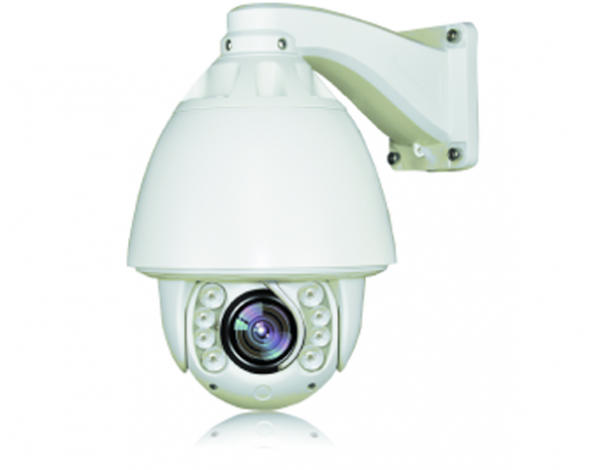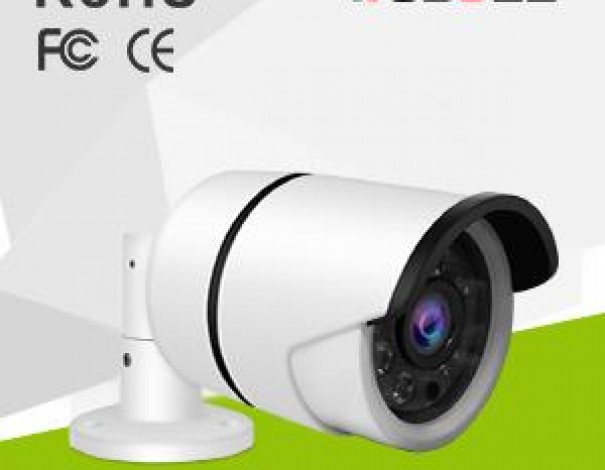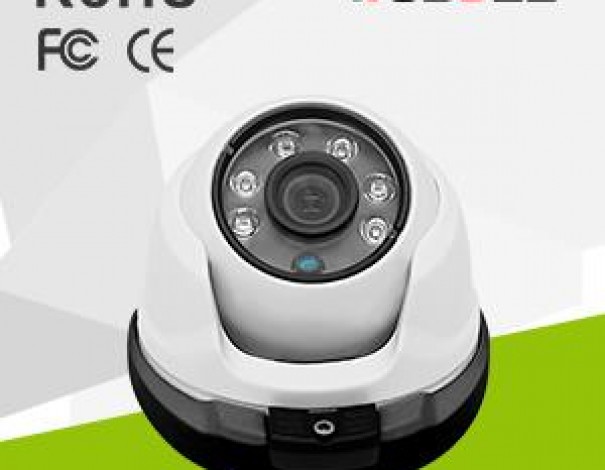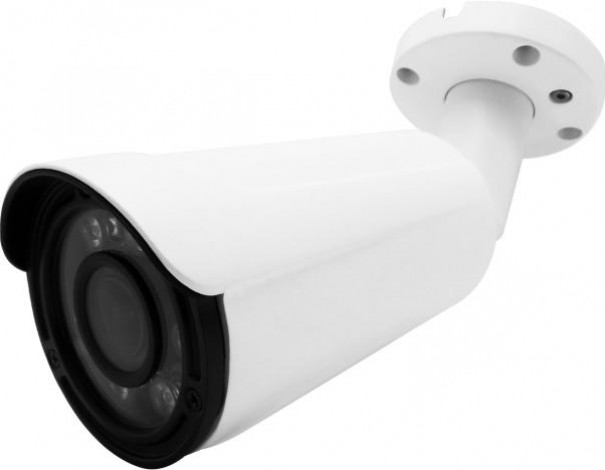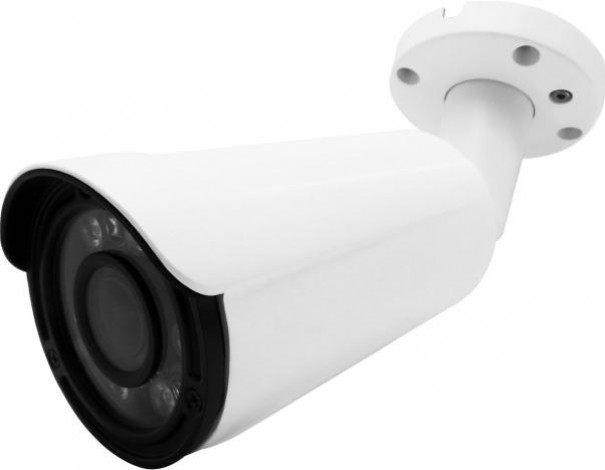2018 World Cup, security Black technology debut
2018 World Cup, security Black technology debut
The High-profile 2018 World Cup is over. This World Cup, presents the Var, VR and other security black technology really lets the person surprise unceasingly.
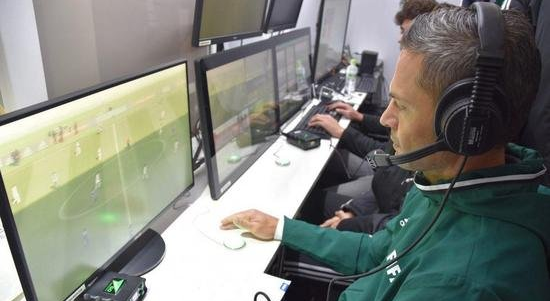
1, Video assistant referee (VAR)
In recent years, football reform has rarely been as controversial as that of Var. The football industry’s call for the introduction of video referees has been around for a long while, supporters say, similar mechanisms have been successful in rugby, tennis, the NFL and even cricket.
The idea is simple–for the “The trend of the game”, such as goals, penalties and red cards, referees can submit them to the video referee to help with the latter. var has been
tested in several competitions, including the FA Cup, but the response has been mixed: many have called for either radical reform of VAR or outright abolition of var.
However, that did not prevent FIFA from deciding to use Var for all 64 games in the World Cup. The dedicated video assistant referee team includes a referee and three assistant referees who will work in the video operation Room (VOR) at the Moscow International Broadcasting Center.
VAR members can use the optical fiber based radio system to communicate with the referee on the field, while images from 33 live cameras and two dedicated offside cameras are transmitted directly to the video operating room via the same network. Eight of these images are ultra slow and four are extremely slow movements. In the knockout stages, two more slow motion cameras will be added.
The idea is that each VAR member will have to look at a different camera screen and inform the referee on the court of any miscarriage of justice or angered situation, or to satisfy the Court’s request for help.
This may sound simple, but it is not true. Referees with VAR help still make incorrect decisions, while fans on the pitch often do not know the referee has consulted advice from VAR. In the Australian Premier League (A-league) final, the Var team was unable to see a critical camera angle because of technical problems, and that angle clearly showed that the goal should not be effective.
FIFA has pledged to improve the process through the “Var Information system”, which will ensure that broadcasters, commentators and information entertainment operators in venues are informed. The notification content includes the reason for playback and the results of playback. The tablet-based system will also automatically generate television images for broadcasters.
However, the biggest problem is to ensure that the smoothness of the game will not be affected. You know, there are many referees in this World Cup that have never used var. Many people predict that this could have disastrous effects.
2, 4K Super HD video and VR
Each World Cup seems to usher in a new relay technology, and this year’s new relay technology is 4K Super HD. The 2014 World Cup in Brazil had a 4K relay test, but this year it was the first to offer a 4K relay to the broadcasters, and a large number of viewers now have compatible televisions.
It is unclear whether the 4K broadcasts will be pushed to British audiences. But the BBC has confirmed that they already have plans. But there are still a few places to pay attention to.
For the first time, the game will only be viewed online via the BBC IP layer (not television), and secondly, the “first come first served” principle will be applied to live streaming. This means that at any point in time, only tens of thousands of people will be able to see it.
The BBC will also provide a virtual reality relay through the BBC Sport VR application, creating a live experience for the audience, making them feel as if they were watching the game in a private box in the stadium.
3, electronic performance and Tracking System (EPTS)
The second major innovation of FIFA is the electronic performance and Tracking System (EPTS), a tablet based system that will provide real-time player data and video footage for all 32 team coaches.
Each team will get 3 Tablet PCs-one for the stand analyst, one for the bench analyst and one for the medical team. The video will have a 30-second delay, and the tablet will provide data such as player position data, passing, pressure, speed and tackles, etc.
EPTS relies on camera-based systems and wearable technology, which was approved by FIFA in 2015. During the World Cup, the data will be collected through two optical tracking cameras located on the main stand, and teams will be able to obtain footage from selected tactical cameras.
4, Adidas Telstar official competition with the ball
Since 1970, Adidas has created the official game ball for each World Cup and has taken the world-wide sporting event as a showcase for its latest technological innovations – of course, the ball is always changing and the goalkeeper is very difficult, so they will complain every time.
This year’s “Telstar 18” is a new concept for Adidas’s first World Cup game, featuring “renewed material and full originality of appearance”. According to the company, the performance of the product has been improved whether it is on a regular course or on a regular street.
But the most interesting thing about it is that it contains a near-field communication (NFC) chip. Yes, that’s the kind of communication technology that Apple’s mobile payment service relies on for products like Apple Pay and Android Pay. With this technology, Telstar 18 can communicate with smartphones.
The accompanying functionality is limited to product information and participation in challenge activities, that’s all. However, this is the first time NFC chip is embedded in the game with the ball, so the future Telstar is expected to introduce more technology, become more intelligent.
Adidas has launched a football called “MiCoach Smart Ball”, which uses sensors to track indicators such as speed and trajectory, but it is not durable enough to be used for formal games.
Related Industry Knowledge
- To Save Cost Of Monitoring Project, What Kinds Of Power Supply Mode Does The Camera Have?
- Introduction Of WODSEE New & Hot Battery PIR WiFi Camera
- Application Of Face Recognition Technology In Smart Policing
- What Is XVI ?
- Smart Analysis H.265+ IP Network Camera
- What’s CVI, TVI, XVI ?
- How To Choose Security Monitoring Power Supply Scheme
- Wodsee Holiday For China National Day
- WODSEE Wish You And Your Family A Happy Mid-Autumn Festival !
- Some Commonly Used Time Servers NTP




